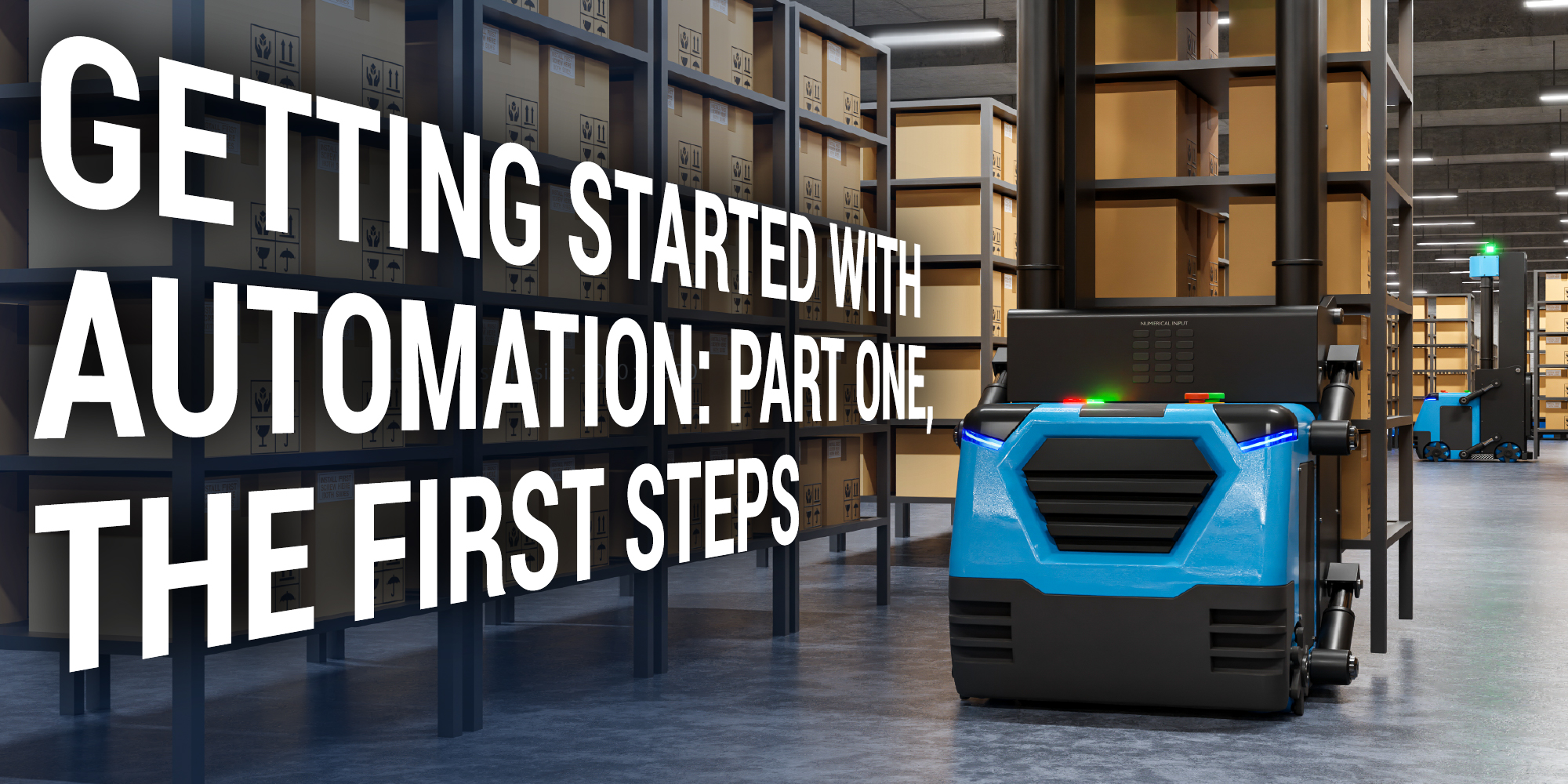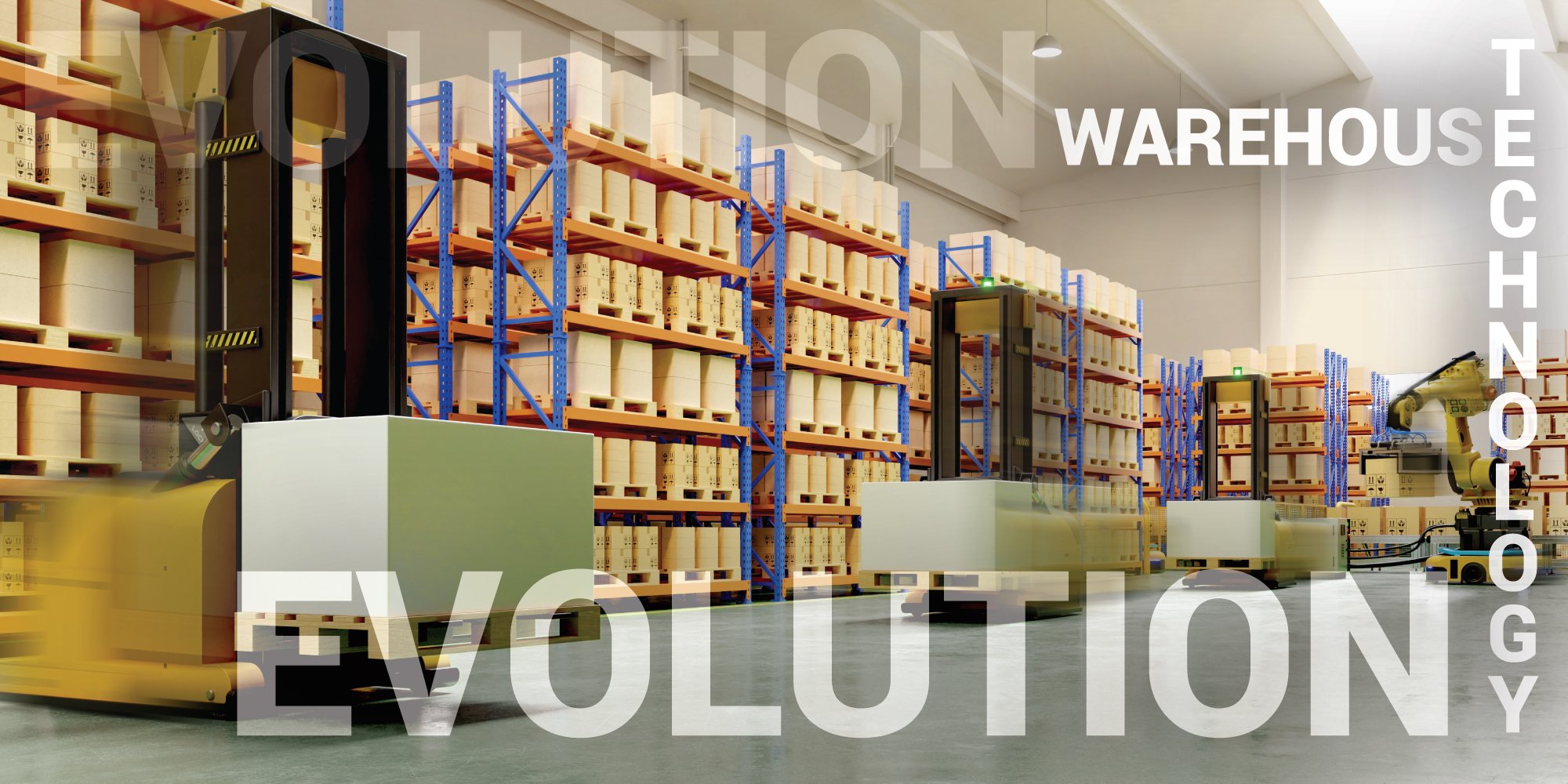Getting Started With Automation: The First Steps
Automation can revolutionize many industries by increasing productivity and lowering operating costs. However, choosing which processes to automate can be a challenge—especially when your company is new to automation, and you simply aren’t sure where to begin. For starters, it will help to know that the rapid change of the current market combined with persistent supply chain challenges means that automation really isn’t a one-time event. Think of it as an ongoing process of improvement to ensure your business evolves and remains competitive.
Otherwise, tactically speaking, there are several factors to consider: your company's size and industry, the financial and personnel resources available, and the complexities associated with each process. That said, where do you start? And how do you know what to automate first?
In this post, we'll help you develop a roadmap.
Gain a Competitive Edge With Data-Driven Decisions
Successful automation deployments often follow reliable data collection, so analyzing your existing processes is a good first step. Even collecting a small amount of data can give you a notable baseline to determine which workflows are the best candidates to optimize through automation.
Here are a few examples of data points that can inform process examination:
- SKU profiles
- Unit loads per hour
- Material flow
- Travel time
- Total items processed
It’s worth noting here that creating a data collection workflow doesn't have to be complicated and doesn't require advanced algorithms to analyze. But if you’re just starting with automation, you may not have access to the data typically provided by a WMS, ERP, or WES, so you’ll begin with manual collection. (In fact, automating data collection might even be the best choice for your first automation project.)
Regardless of how you collect and analyze data, you’ll gain the numbers you need to guide process change, measure success, and calculate ROI.
Find One Problem to Solve
After gathering solid data, necessary changes can be narrowed down. Here, you can apply the adage, “don’t bite off more than you can chew.” Companies new to the industry might assume the best approach is to automate as many workflows as possible. If your company is more experienced, you may have seen it done that way in the past. But not only can full-scale systems require months (if not years) to integrate due to the lengthy custom code required, you’ll likely spend many more months optimizing it. That methodology is hardly agile and fails to scale with your ever-evolving business needs—the larger and more static the system, the more likely it is to be outdated by the time it’s fully integrated and live.
The better approach early on is to automate one process effectively. Not only can you implement a project that requires less investment and minimizes risk, but smaller projects provide more opportunities to pilot, test, and optimize before iterating on that progress. Two examples that meet that criteria are long transport runs (moving material over long distances) and repetitive tasks.
Long transport runs are relatively simple to implement and deploy without substantial changes to floor layouts. Today, this is made easier because companies like 6 River Systems, Locus Robotics, and Fetch Robotics have made their bots user-friendly and quick to install. Automated transport runs, as a first project, afford an opportunity to assemble your core team and begin implementing minor infrastructure upgrades. Equally important, you can prove what works before moving on to more challenging projects.
Another area where beginning automation can be effective is repetitive tasks with high transaction load. For example, inducting parcels is a low-skill task that's compartmentalized and done thousands of times an hour, making it primed for quick and easy wins.
Think Scalable and Flexible
After prioritizing a single process to automate, the next step is selecting the right solution. As mentioned above, many companies make the common miscalculation of deploying a large-scale or turn-key automation system with multiple technologies, all from a single vendor.
The best strategy at this stage is to utilize today’s innovative technologies that quickly and easily align what you want to achieve with the right options, including testing multiple solutions to determine the best for your needs. Point solutions—products that solve one particular problem—offer flexibility and freedom of choice on a less intimidating scale. Now, for example, you can select a tech stack with best-in-class technology that’s perfect for your unique use case.
Manufacturers offering Robots as a Service (RaaS) and standardized integration platforms are just two of the factors driving point solution popularity. In short order, RaaS reduces the cost of implementation to a fraction of what it used to be, while standardized integration platforms have speeded up the deployment process. This is a win-win approach.
Gain Buy-In From Key Stakeholders
Now that you have an idea of what to automate first, the next step is launching a pilot program. But first, you’ll need buy-in from key stakeholders. The bottom line is that you’ll need support from top-level company management. Without it, any pilot program will have trouble getting off the ground.
The approval of one influential executive means that others in the company know this program matters. They will be vital in clearing roadblocks as they arise. You will also want to seek buy-in from engineering, IT, and operations before starting with automation.
Select The Core Team
Once you have secured buy-in from the key stakeholders, you’ll need to assemble your team. This is a crucial step. Pilot programs that should be wildly successful can flop without the right team. You’ll want to think strategically about whom to include.
You’re going to want the rock stars of your company. This will be a cross-functional team with members well integrated with engineering, IT, and operations. Look for ambitious talent, with a can-do attitude who effectively collaborate and communicate — two essential qualities for cross-functional teams. The ideal team leader will be decisive, effective, and influential within the company.
It’s worth noting that a small team that is entirely dedicated to the project is better than a large team with divided priorities. Here’s a good rule of thumb; If you can’t feed the team with two pizzas, it’s too big.
Determine If You Need Outside Help
Even for the best teams, automation can be complex. Selecting the right process to automate and the best solution to deploy is only half the issue. Integration, getting the software and hardware to work together, is the other half —a common barrier most don’t see coming. To get the most from your investment in automation, you might need some help. Fortunately, you have multiple options to find the expertise and skill to integrate and deploy solutions.
The first option is the do-it-yourself approach. Traditionally, only large companies with plenty of technical and development resources were suited for this method. Today, modern software platforms are making it possible to integrate and deploy automation without custom code, making the process much easier. These platforms eliminate the complexity barrier and enable companies of any size to automate.
The next option is an independent integrator. These third-party companies can help with system design, selecting solutions, and deployment. Independent integrators are more brand agnostic, meaning that they can use anyone’s hardware, but they often have preferred technologies. As a result, the integrations tend to be unique. This makes them difficult to scale and support over the long term.
A third approach is to use the original equipment manufacturer (OEM) for integration. The upside is that OEMs provide a turnkey service and supply both the software and hardware. The downside is that you’re locked into their ecosystem with black-boxed software and limited access to your IT. This means
Preparing for the Next Steps
It’s true; getting started with new technologies can seem daunting. But it doesn’t have to be. If you begin with data, find the right problem to solve, and select a tailored point solution, you’ll be well on your way to implementing the automation your business needs, more easily than you ever thought possible.
To learn more about how automation can help your business, schedule time with one of our experts.






